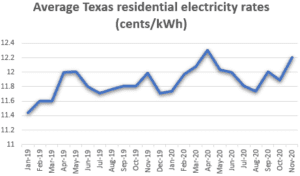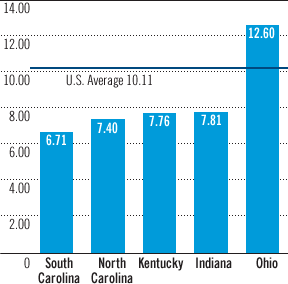New lives rely on technology which relies on fuels. So it is most pronounced to learn about the dependency we pay for. Prepare to be a sponge to absorb Electricity Rates , price hikes, factors affecting it.
Say hello to energy rates!

The amount of compensation a consumer pays in exchange for the respective energy supplied by the supplier is known as the energy tariff or rate. For example, we pay for our electricity bills monthly. This tariff involves the cost of production and supply of energy and rationale surplus charges.
The final payout majorly depends on the consumption of energy by a person or a firm and the time up to which energy is used in heavy loads. That is why tariffs for industries are different from domestic consumers. But do we decide ourselves how much we want to pay per unit? We all know. No, we can’t. It’s the energy supplier companies either private or government, who decide the price of energy per unit for each aspect.
What else changes with temperature when the season changes?
The electricity market tends to follow two discrete cycles
The seasonal cycle: The energy demand rises in peak winter and summer and falls during neutral weather in spring and autumn.
As per the records, energy prices bar grow and sink in a period of 4-8 years.
Natural Gas Market Cycles also follow a periodical pattern:
The seasonal cycle: During winters, many things rely on natural gas for heating, also natural gas is used for electricity generation. Thus, demand goes up in winters and summer and lowers in spring and autumn.
The storage cycle: The stored gas is generally sufficient in the off-season but when in demand the prices hike.
The final rates we pay include
1. The energy consumption
A consumer is charged as per the amount of energy used. Fixed tariff slabs are used to determine the final cost of energy. These slabs include overcompensation of energy if the usage surpasses a fixed threshold. This price is influenced by the market: demand, weather conditions, world reserves, the international political situation.
2.The distribution costs
This part of the bill deals with the supply of energy from its place of production to different areas. This also involves the maintenance of the pipelines or wires i.e., the path of energy.
3. Various taxes
Surplus taxes, fees and other extra amounts set by the state are charged.
What makes suppliers decide charges?
A common market strategy is to store things when in abundance and then sell when naturally deficit. But this tactic doesn’t work for electricity for it cannot be stored. Hence, reserves don’t help to fluctuate prices and this creates more dramatic even more frequent price changes and laymen can’t guess upon the reason.
The electricity market tends to follow two discrete cycles:
The seasonal cycle: The energy demand rises in peak winter and summer and falls during neutral weather in spring and autumn.
As per the records, energy prices bar grow and sink in a period of 4-8 years.
Also, unforeseen situations, like pandemics, can lead to a jump in your bill.
We, as a layman, can’t do much about but we can follow
“The less we burn, the more we earn”

